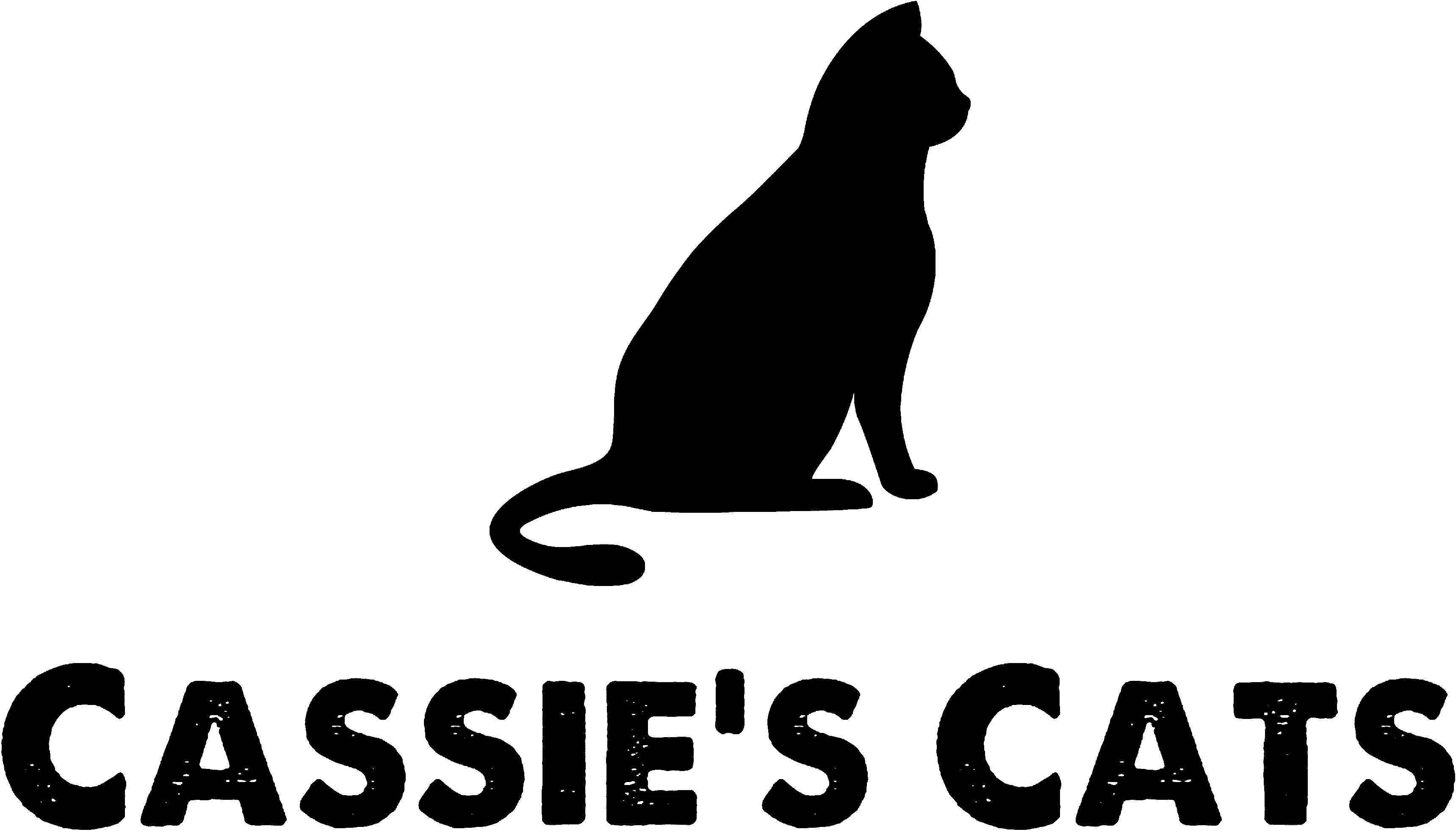The next three months of the year have officially come and gone and summer is here! We wanted to share a few highlights from the second quarter of 2024.
Adoptions: 17 cats and kittens have found their forever homes so far this year, bringing our overall total since opening in June 2021 to 160 adoptions as of June 30th.
Current Residents: We have 12 cats living in the lounge right now: Cici, Dotty, Finn, Jake, Noah, Pepper, Princess, Raven, Sizzle, Sophie, Spencer, and Spice. Princess has been with us the longest (17 months) and is also our oldest kitty (around 14 years old). We have 2 kittens in foster who we brought in from friends of a rescue in Bakersfield: Chandler and Monica. They are roughly 12 weeks old and will be spayed/neutered on July 31st at HSVC in Ojai. They are not yet available for adoption.
Lounge Improvements: We purchased a new catio to give our shyest cats a safe space to call home. The catio’s footprint is roughly 56 square feet and is currently home to Pepper and Sizzle. Already we are seeing a huge improvement in their levels of calm and security. We hope this will help them finally get adopted since they are very nice cats who need a much quieter and more predictable home.
Medical Expenses: We had five kittens spayed/neutered, microchipped, and tested for FIV and FeLV. The humane society in Ojai is so helpful to us with these procedures.
Volunteers: We have roughly 18 dedicated volunteers, including many who volunteer multiple times each week! Thanks to Jackie, Al, Robin, Brian, Shannon, Donna, Kay, Dani, Barbara, Laura, Jennifer R., Jen F., Karla, Veaya, Marnae, Maddy, Beverly, and Claire.
Food and Litter Donations: We have had roughly $3994 worth of food and litter donated so far this year! These donations help immensely and allow us to use the money the lounge brings in to cover rent, utilities, Internet, insurance, security, and vet bills.
TNR Support: Through front desk jar donations we have raised $280 so far this year to help local volunteer trappers with the crucial work they are doing to help curb the overpopulation of cats and reduce suffering. We have also donated dry and wet food for them to use when trapping and share with the kind-hearted people who will continue to feed the feral cats on their property.

